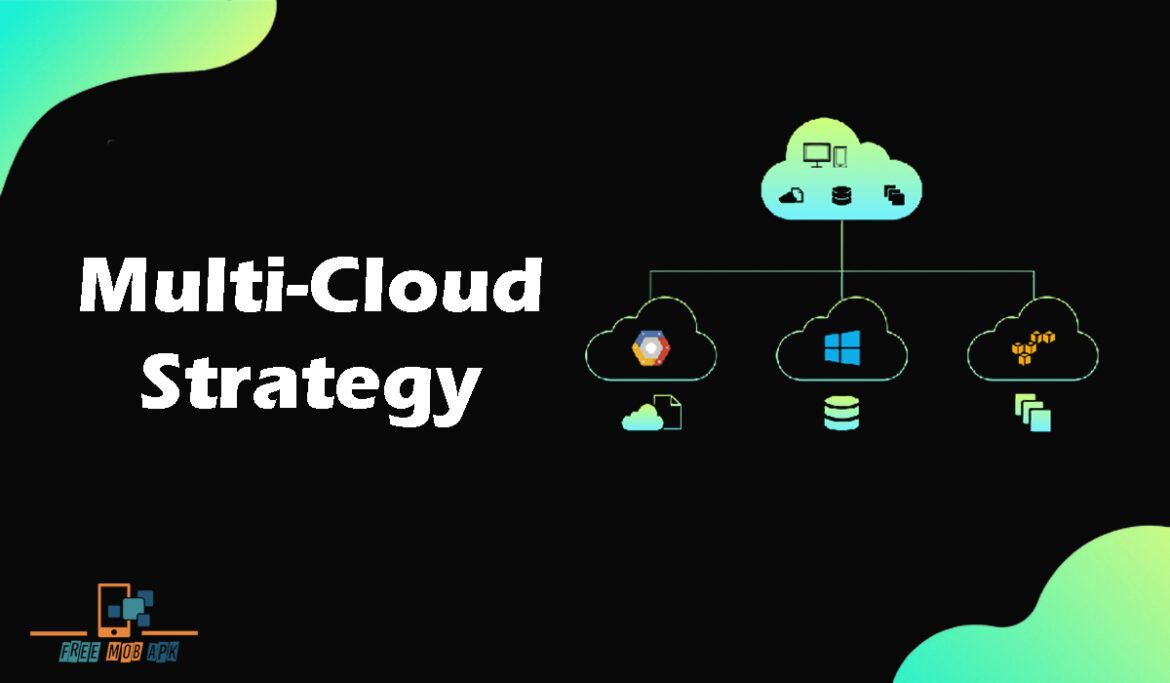In the ever-evolving landscape of cloud technology, businesses are realizing the benefits of adopting a multi-cloud strategy. As the name suggests, a multi-cloud approach involves leveraging multiple cloud service providers to meet various IT needs.
This strategy is gaining popularity due to its ability to manage complexity, ensure flexibility, and avoid the risks of vendor lock-in. Now, let’s take a closer look at the concept of multi-cloud and explore why cloud solutions have become a game-changer for businesses seeking seamless cloud management and unparalleled freedom.
Understanding Multi-Cloud: Embracing Diversity
Multi-cloud is like assembling a dream team of cloud service providers, each offering specialized services and strengths. By combining the expertise of multiple providers, businesses can tailor their cloud infrastructure to suit specific requirements.
It’s like creating a perfectly harmonized orchestra, where each instrument plays a crucial role in producing a symphony of efficiency and performance.
Freedom from Vendor Lock-In: A Liberating Choice
One of the most significant advantages of a multi-cloud strategy is the freedom it provides from vendor lock-in. Vendor lock-in happens when the business becomes too reliant on a single cloud provider, making it challenging to switch to another provider without incurring significant costs and disruptions.
With a multi-cloud approach, businesses can avoid this scenario, maintaining control and flexibility over their cloud solutions. It’s like breaking free from shackles. Unleashing the full potential of your cloud strategy without being tied to a single provider.
Mitigating Downtime and Disruptions: Ensuring Continuity
Failures in the cloud may be disastrous for companies, causing expensive downtime and interrupting essential activities. As a result, a multi-cloud approach provides a safety net by spreading out workloads over many clouds to guarantee continuous operations.
In the event of an outage in one cloud provider, workloads seamlessly shift to another, minimizing downtime and keeping the show running. It’s like having an emergency backup plan, safeguarding your business from unforeseen hurdles, and ensuring smooth operations at all times.
Optimizing Performance and Scalability: A Winning Combination

Various cloud services excel in certain aspects, such as speed, scalability, or accessibility. With a multi-cloud strategy, organizations may pick and choose the functionalities they need most. Combining powerful elements to boost speed and scalability. It’s like assembling an unbeatable team in which the individual members’ skills and abilities perfectly complement one another.
Cost Optimization: Finding the Best Deals
Contrary to what one might think, adopting a multi-cloud strategy can lead to cost optimization. By evaluating the pricing models and services offered by various cloud providers, businesses can find the best deals for their specific needs. It’s like being a savvy shopper, always on the lookout for the best offers and discounts to get the most value out of your cloud investments.
Data Residency and Compliance: Navigating Regulations
Requirements for data residency and compliance might vary widely from one country to the next. By using many clouds, enterprises may store their data in different regions, satisfying the requirements of each. Having a worldwide presence is a lot like being fluent in the native tongue of each location, making it much easier to deal with regulatory challenges and grow your business.
Strategic Partnerships: Working Together for Success
Implementing a multi-cloud strategy has challenges; this is where strategic partnerships come into play. Engaging with experienced cloud service providers can be a game-changer in successfully managing a multi-cloud environment. It’s like having a reliable ally by your side, guiding you through the complexities of multi-cloud management and empowering your business to reach new heights.
Conclusion: Embrace the Power of Multi-Cloud
In conclusion, the multi-cloud strategy has emerged as a transformative approach for businesses seeking cloud solutions. Which delivers performance, flexibility, and freedom from vendor lock-in. By harnessing the power of multiple cloud providers, businesses can optimize performance, mitigate downtime risks, and easily navigate compliance complexities.
So, embrace the era of multi-cloud, and unleash the potential of strategic partnerships. Set your business on a path of unparalleled success in the ever-evolving world of cloud solutions. The future is bright, and a multi-cloud strategy’s strategic and dynamic capabilities power it.

